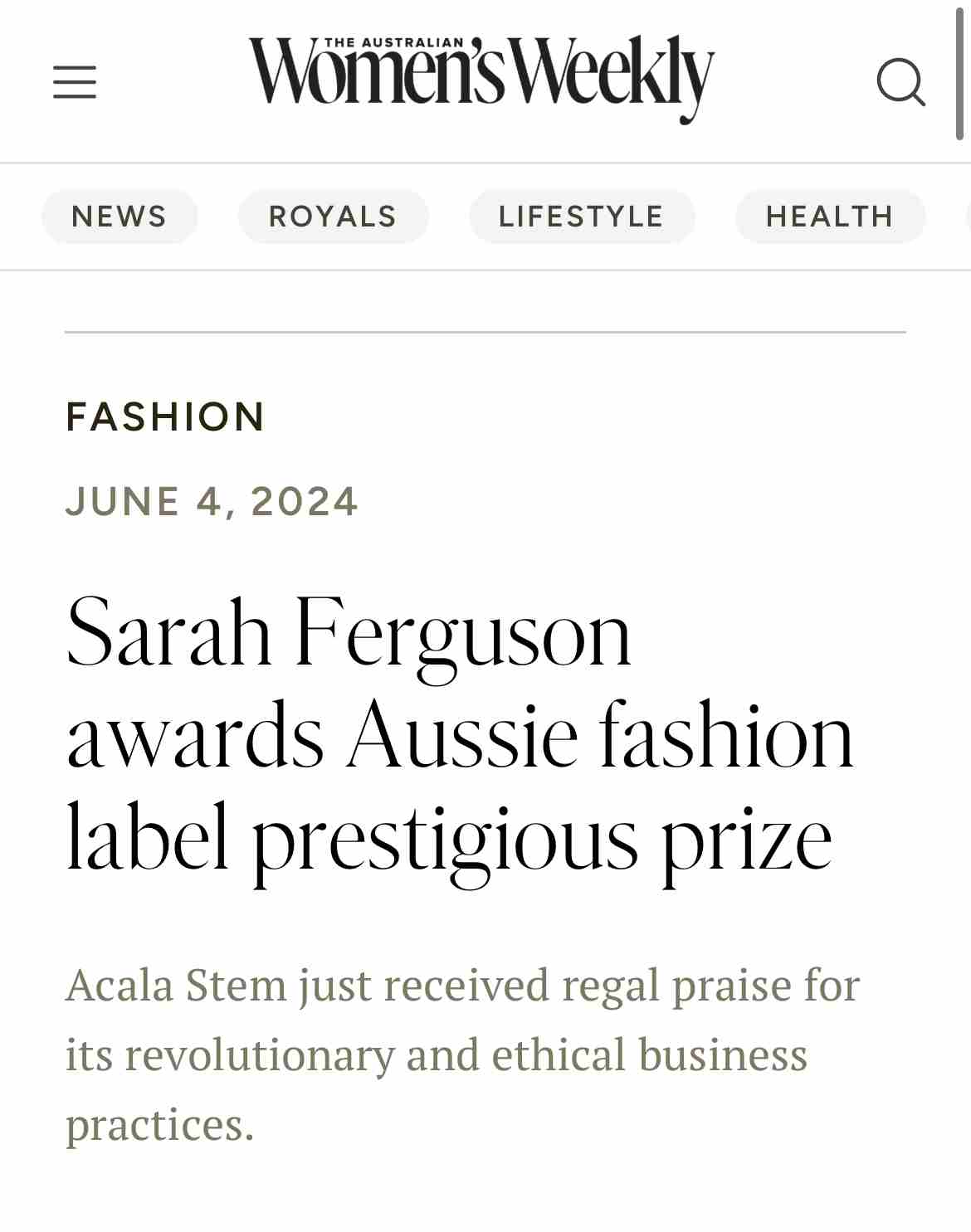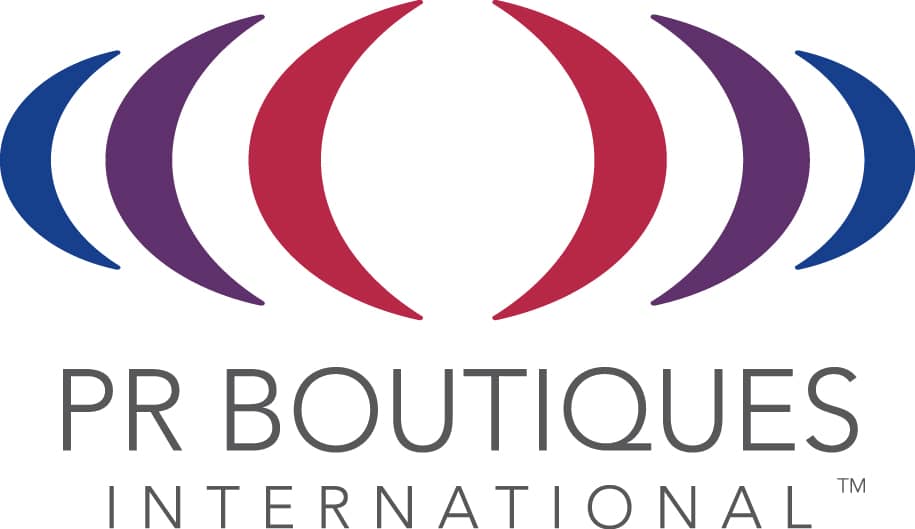PR vs Advertising explained.
Public Relations (PR) and Advertising are two different marketing communication strategies used by businesses and individuals [read more] to reach their target audience and promote their products, services, or brand.
Both aim to enhance brand visibility, they differ in several key aspects:
Public Relations:
The primary goal of public relations is to build and maintain a positive brand image for a company. PR focuses on managing relationships with various stakeholders, including the media, customers, employees, investors, and the public. It aims to establish credibility, trust, and goodwill through earned media coverage, press releases, events, and other communication efforts.
Public relations involves earned media, which means that the coverage and exposure a company receives are not directly under their control. PR efforts rely on building relationships with journalists and media outlets to get positive coverage, but there's no guarantee of coverage or control over the final message portrayed in the media.
Due to its third-party nature, PR tends to be seen as more credible by the audience. When a media outlet features a company or individual positively, it carries the implied endorsement of the media organization, which can enhance credibility and trustworthiness.
Public relations activities often require an investment of time and effort in building relationships and creating newsworthy stories. While there may be some costs associated with events or press materials, PR is generally more cost-effective than advertising.
Advertising:
Advertising, on the other hand, is a paid promotional method designed to promote products, services, or brands directly to the target audience. It uses paid channels such as television, radio, print, online platforms, and social media to deliver a controlled message with the intention of driving sales and generating revenue.
Advertising provides complete control over the content, timing, and placement of the promotional message. Advertisers can create their desired message and pay for its placement in specific media channels, ensuring that the message reaches the intended audience.
While advertising can be effective in promoting products and services, audiences are often aware that it's a paid promotion. The credibility of advertising is sometimes questioned because it is perceived as a biased message coming directly from the advertiser.
Advertising involves direct costs, including fees for media placement, creative production, and campaign management. It can be more expensive than PR, especially for large-scale advertising campaigns.
Public relations focuses on managing relationships and reputation to create a positive image, while advertising aims to promote products or services through paid, controlled messages. Both PR and advertising play essential roles in an integrated marketing communication strategy, and businesses often use a combination of both to achieve their overall marketing objectives.












